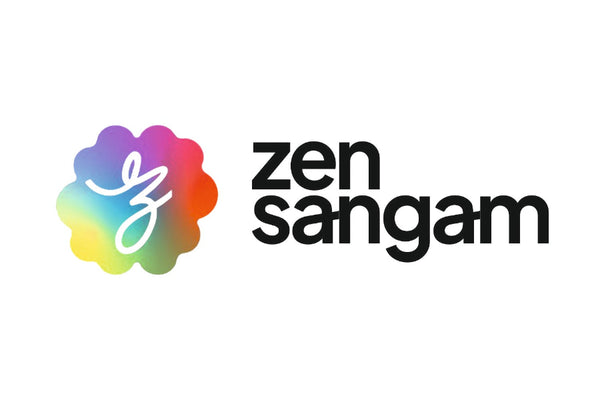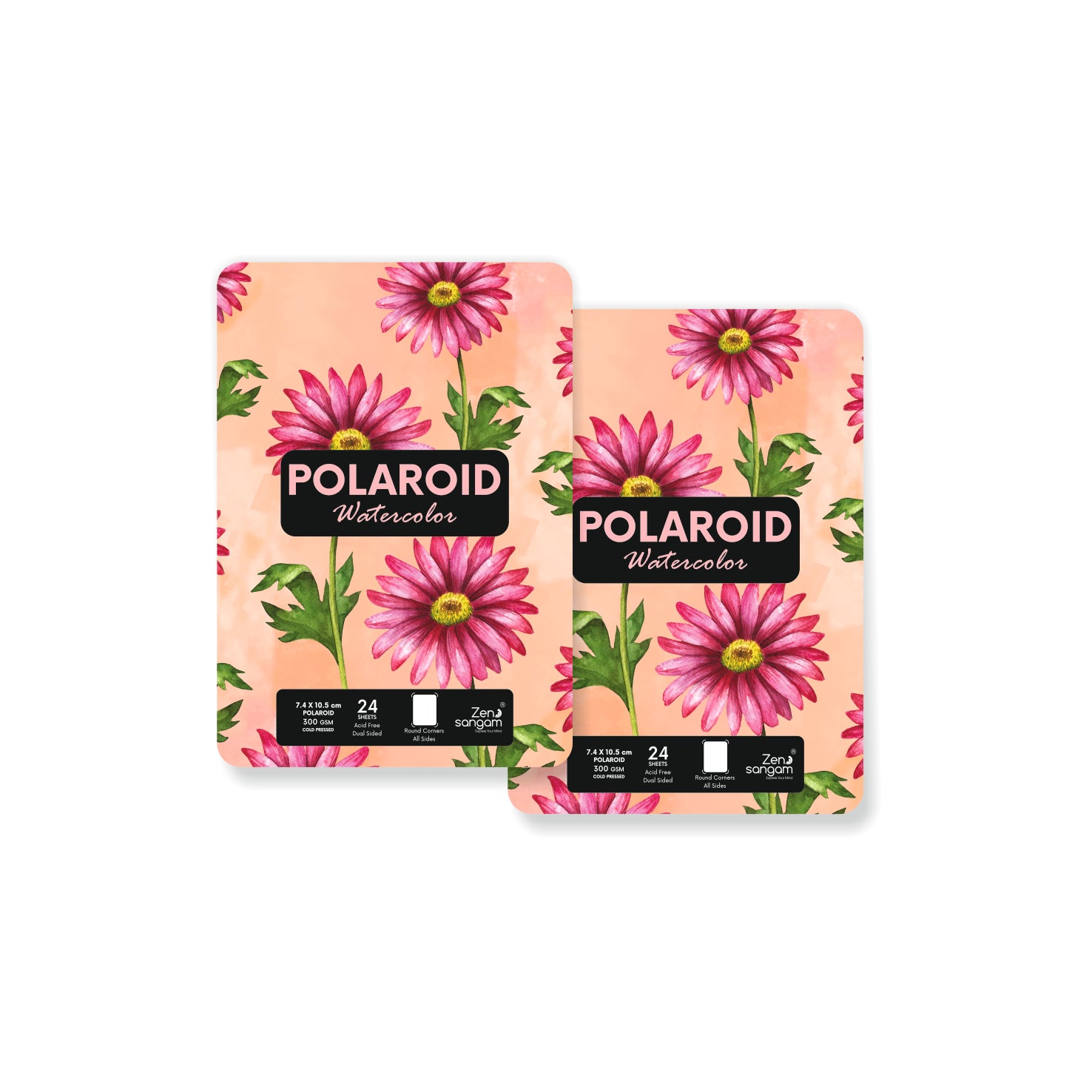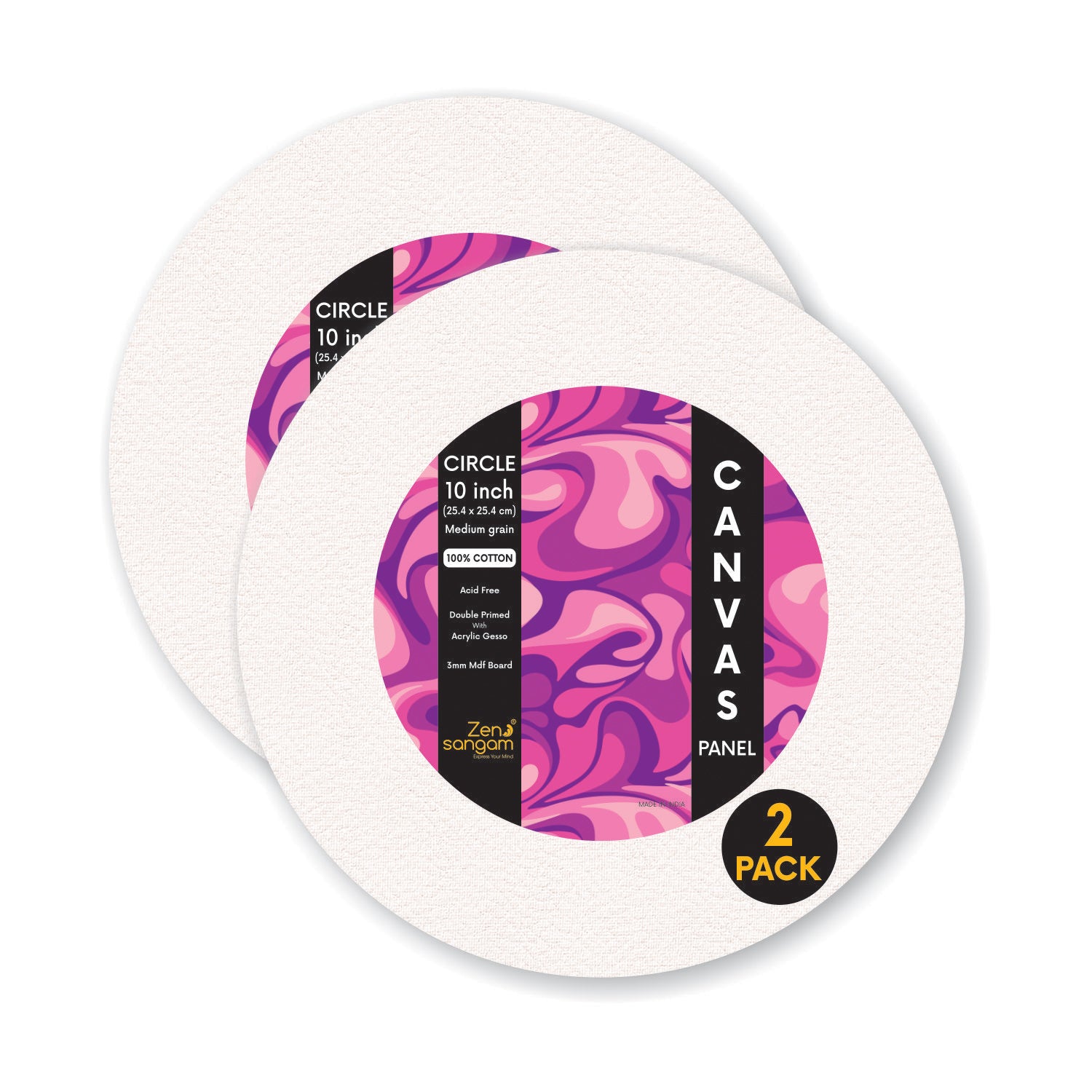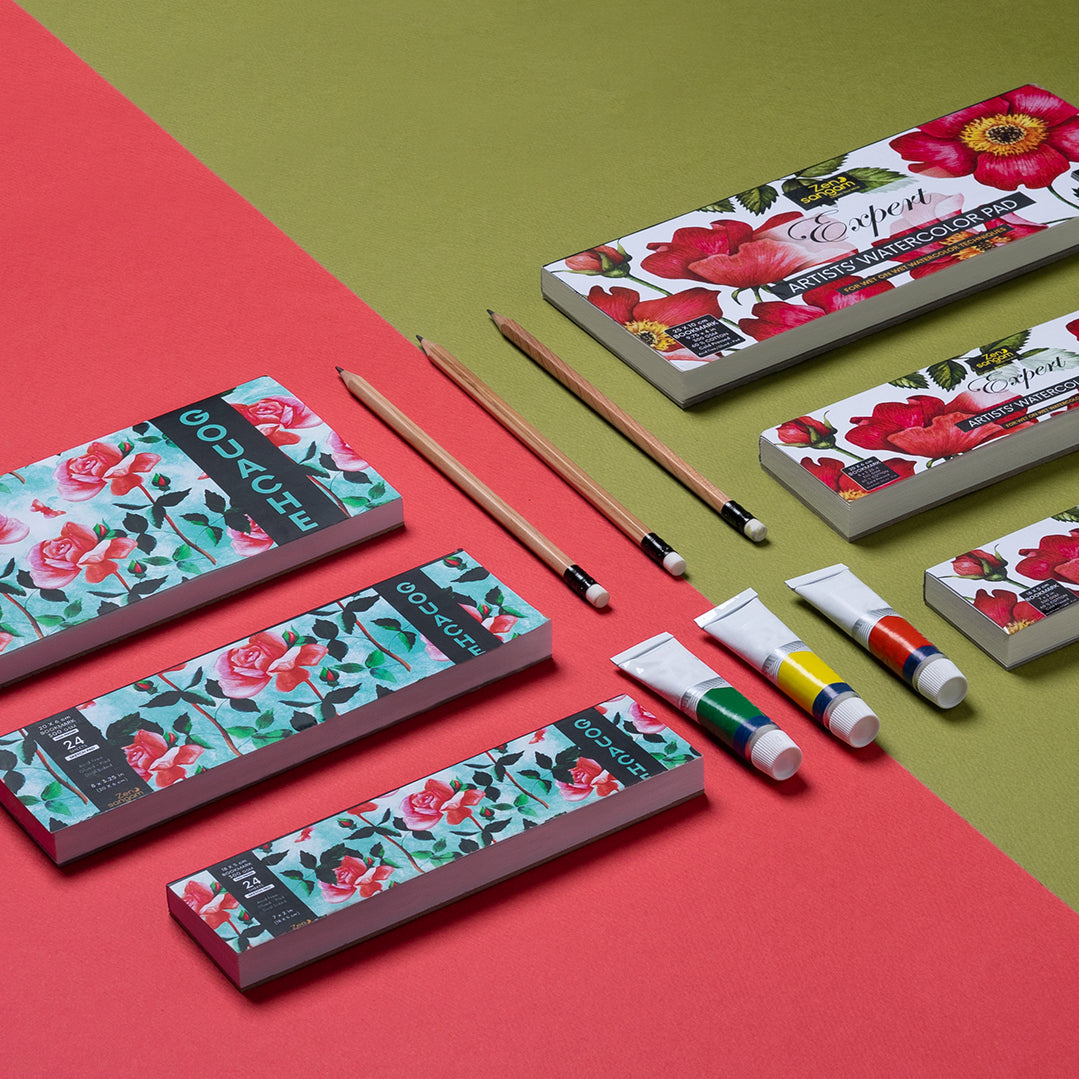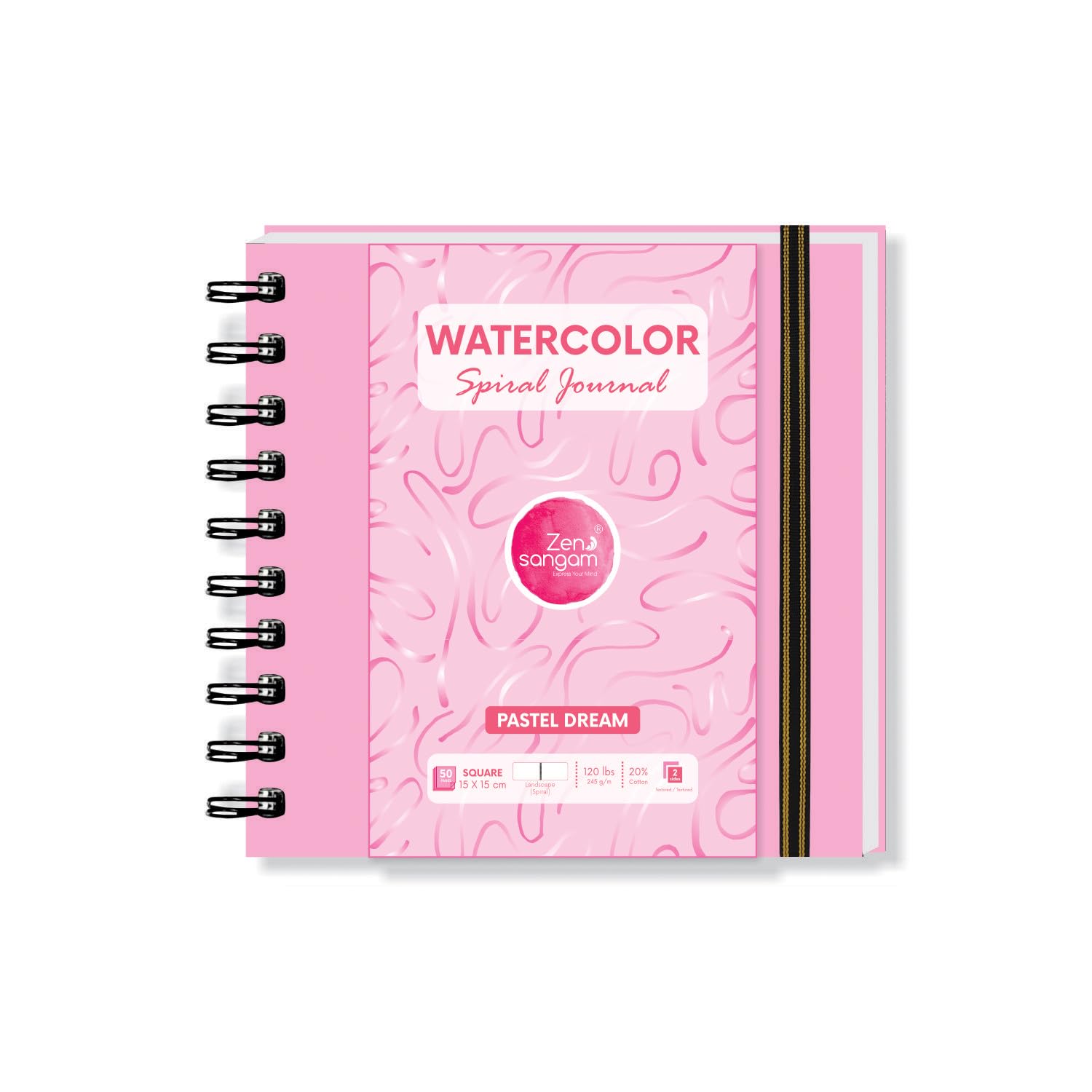I love Crayons and while it's pretty common to see them used in all kinds of kids' projects. I think they are TOTALLY AWESOME for adults to use! Crayons are super affordable, really accessible and the best part is that they come in so many colors.

Basic tips while using crayons:
- I always keep a sharpener on my hand.
- For me, I like a really nice sharp crayon for coloring.
- The best part of sharpening crayons is that you end up with a whole bunch of colorful wax shavings that can be melted and used in a variety of craft projects.
- One of the best tips I can share is to blend those color starting from light to dark.
- I always like to lay down a light layer of color. Then I go back over that color with a darker color and then again with another layer of dark color.
- I like to recommend testing your colors to see the results before working on a final project.
 Techniques you Need:
Techniques you Need:

1. Color in a Consistent Direction :
Coloring in a consistent direction is easier on the eyes and ends up looking very tidy! If you have a corner or turn that makes it really awkward not to change direction, you can either color using curved lines or color using very small circles instead of lines. Just keep in mind that how you color will always be visible and will create the appearance of texture. 
2. Sometimes Color Outside the Lines :
In some circumstances, like this one, you can color outside the lines because you’ll cut the piece out afterwards.

3. Consistent Pressure Gives a Uniform Look :
Keeping a consistent pressure with the crayon on the paper gives a uniform, pleasing look. Interestingly, being aware of how much pressure you’re applying seems to be really hard for younger children. It won’t hurt anything to tell them this tip, but if they aren’t implementing it, just let it go.

4. A Variety of Pressure Creates Emphasis :
If there are some areas you want to accent, you can press a little harder on the crayon and end up with a darker, more intense color. This is another good reason to color lightly for full coverage.

5. Overlap Colors to Create a Blended Look :
I like to lightly color the dominate color first and leave a bit of paper exposed for the wax of the second color to cling to.For example, I started by coloring a layer of red, then I colored some orange on top. Then I colored more red over the top. I find this kind of layering to be really fun!

6. Mandala Coloring:
When colouring in Mandala Coloring Book, try not to think too much about your choice of color and don't worry about matching colors in Crayons. Let your instincts guide you. After you begin with the first color, the rest will follow naturally.

7. Zentangle Coloring:
The Zentangle Method is an easy-to-learn, relaxing, meditative art and fun way to create beautiful images by drawing and colouring structured patterns. If you want to created your own Zentangle, it's very easy ! You can find on the web the various patterns that can be used to color with this method.

Happy Coloring! Give yourself permission to play again. You may not think working in Crayon can produce a professional look, but you'll be pleasantly surprised. It's all in how you use them! If you want to know more about other media, refer these link below:
Color Pencil Using Techniques for Beginners Felt Tip Pens Using Techniques for Beginners Markers Using Techniques for Beginners Oil Pastel Using Techniques for Beginners Glitter Pens Using Techniques for Beginners Brush Pens Using Techniques for Beginners Pencil Shading Using Techniques for Beginners Charcoal Pencil Using Techniques for Beginners Oil Painting Using Techniques for Beginners Acrylic Painting Using Techniques for Beginners Gouache Using Techniques for Beginners To explore our Coloring Books
